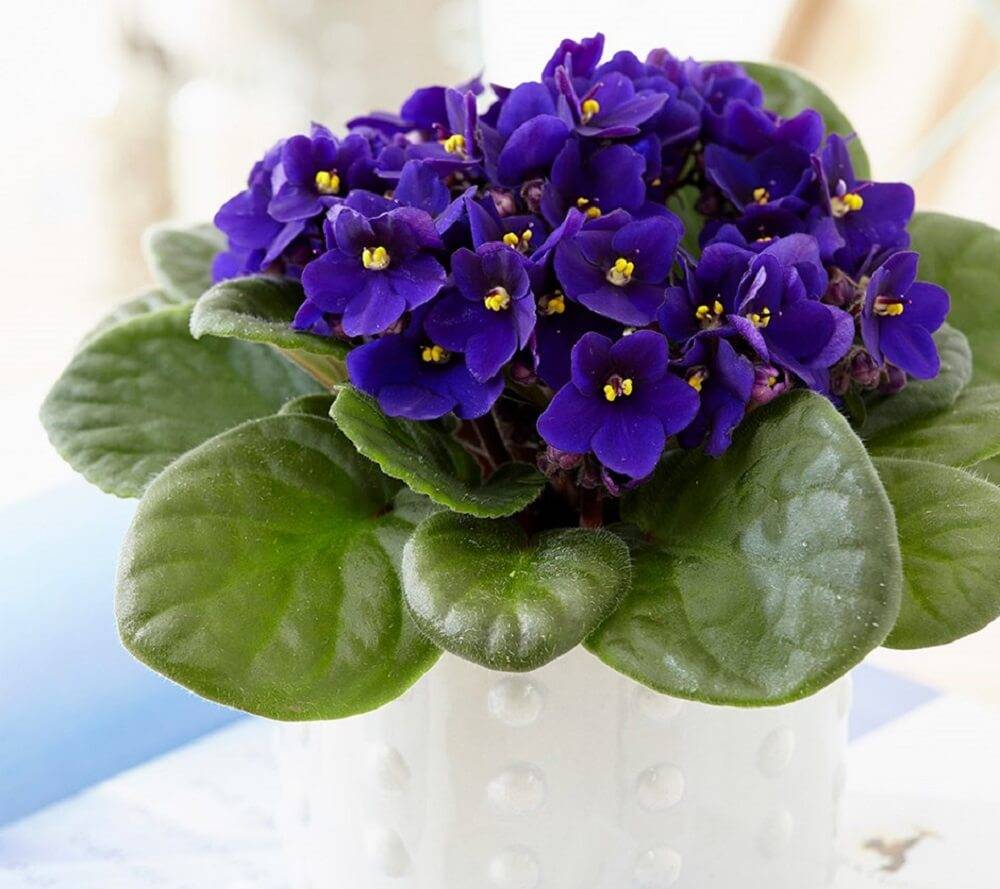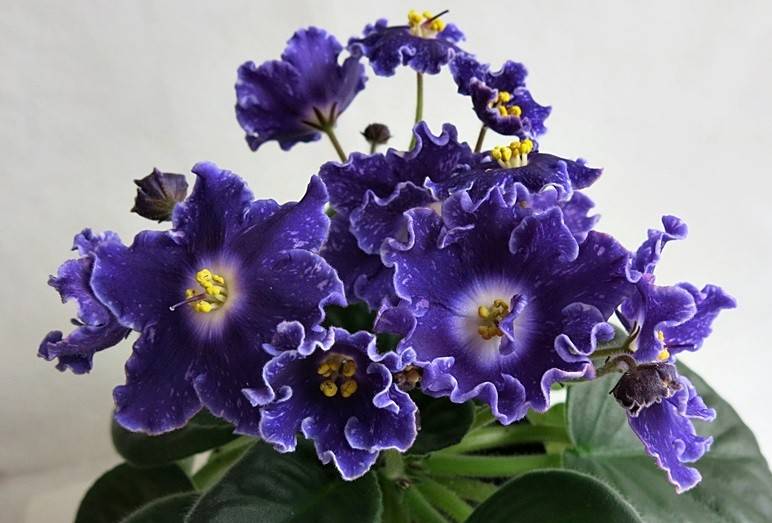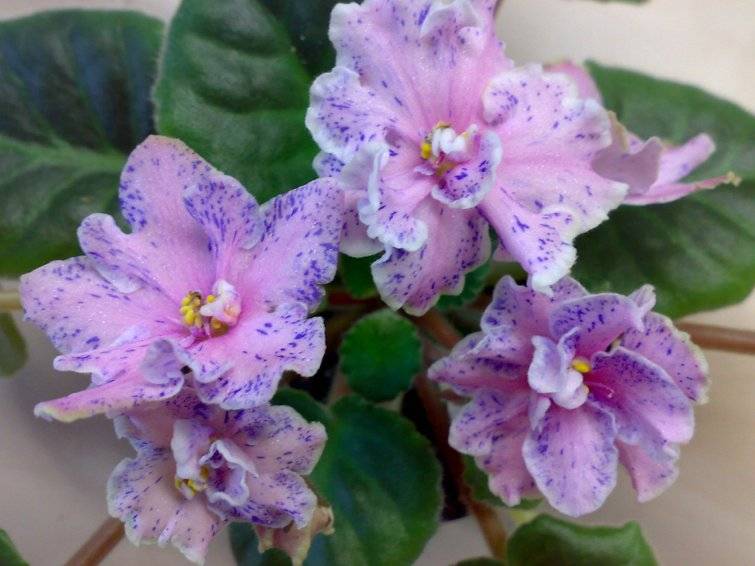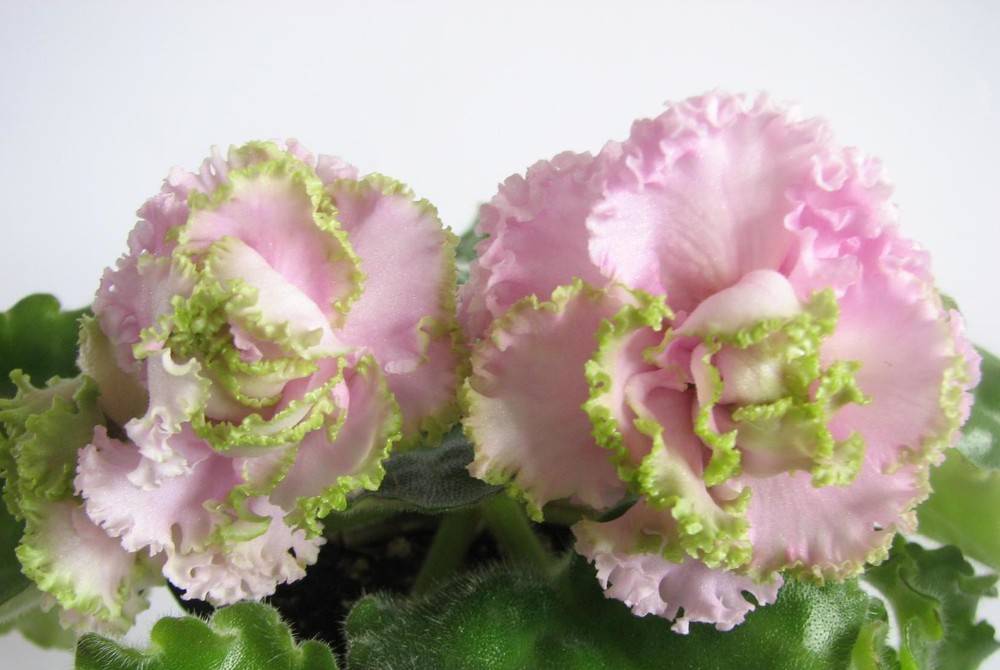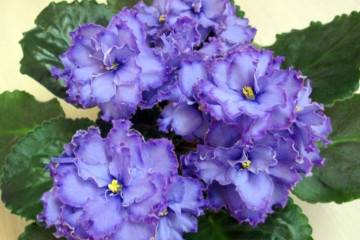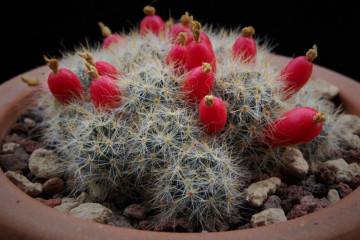Uzambara violet - variety of species
Content:
The Uzambara violet is a plant that has been actively cultivated for several generations of flower growers. This flower is one of the most unpretentious to grow, and its flowering is bright, lush and long-lasting. Therefore, breeders are working on the development of new varieties, and lovers of indoor plants fill their windowsills with them.
Usambara violet - history of appearance
The Uzambara violet (Saintpaulia) was first discovered in eastern Africa. It is also common in Tanzania, Kenya and the Uzambara Mountains. It was discovered in 1882 by Walter von Saint-Paul. His surname gave the names to the whole genus (Saintpaulia).
In 1893, Hermann Wendland bred Saintpaulia Iolanta from the seeds he received. From that moment, the history of domestic uzambar violet-flowered saintpaulias began. For the first time, they were presented to the general public at a flower exhibition in the same year in Ghent.
The right to their further breeding was bought by E. Benari's company. In 1927, the violet was introduced to the United States, where it immediately became very popular. Already in 1949, 100 varieties of Saintpaulias were obtained.
Classification of species, names
Uzambara violets are so diverse that it is impossible to classify them according to one characteristic. But there are various classifications according to the size of the rosette, the shape of the flower, the degree of terry and other characteristics.
By flower shape
According to the shape of the flower, there are 5 types of Saintpaulias:
- Pansies. These flowers have 5 petals in 2 rows. In the upper row there are 2 small petals, in the lower row there are 3 large ones.
- Star. All petals are of the same size, located in 1 row, equidistant from the center.
- Bell. The petals of such violets accreted at the base, outwardly the flowers resemble a bell.
- Bowl. Despite the fact that the petals at the base do not grow together, the flowers do not fully open. This form persists throughout the entire flowering.
- Wasp. The petals are separated, two are twisted into a tube, the rest are slightly longer and just go down.
By the length of the outlet
According to this criterion, the following categories are distinguished:
- Micro mini are characterized by a small, up to 8 cm in diameter, root rosette. Such fragile flowers are grown only in very small pots, they are watered only with a wick method.
- Mini with a socket diameter of 12-15 cm. They also most often prefer wick irrigation. They reproduce well and take root better than larger varieties. The bloom is bright and lush.
- Semi mini - up to 20 cm in diameter. Excess sunlight is harmful for this species; they prefer light partial shade.
- Standard - the usual size of the outlet is from 20 to 40 cm.
By the color of the petals
The following types of indoor violets are distinguished by color:
- plain;
- two-tone ones combine two shades of the same color on the petals;
- two- or multi-colored are distinguished by a pronounced contrasting border - most often double flowers are presented in this category;
- fringed, in which the entire petal is completely bordered;
- violets of a finger color differ in petals, on which a spot is located, similar to a fingerprint;
- Saintpaulias with the color "eye" have a round speck located in the center of the flower - it can be close in tone to the main color, or contrast with it;
- the color of the mesh resembles a mesh that is located over the entire surface of the petal (for violets, this color is quite rare);
- chimeras with colored stripes that run along each petal;
- color "fantasy" is characterized by patterns of various shapes and colors, contrasting with the main shade.
By the degree of terry
The classification by terry (by the number of petals) distinguishes the following categories:
- simple violets - 5 petals;
- scallop violets are a semi-double type, on which, in addition to the main 5 petals, there are also 1-3 small, underdeveloped ones;
- semi-double have from 6 to 10 petals - stamens are still visible in such flowers;
- terry saintpaulias with the number of petals from 11 - in them the stamens are already completely hidden;
- "Carnations" - by the number of petals are similar to terry ones, but they are larger and there are more of them on one peduncle.
Along the edge of the petal
The following edges of the petals are distinguished:
- wavy;
- notched;
- fringed.
Wild varieties
Wild varieties are common in some mountainous regions of Kenya and Tanzania. There, the violet grows along the banks of mountain rivers, at the edge of waterfalls, at the bottom of ravines. This flower in nature prefers partial shade, dying in the direct rays of the sun.
There are only 20 wild-growing species. The most common of them are:
- Velvet saintpaulia with toothed, rounded, dark green leaves. The size of the leaves is about 5 cm. The inner side of the leaves has a burgundy tint. The inflorescences are lush, the flowers are small, blue-violet in color with a darker center.
- Saintpaulia Grote is an ampelous variety of wild-growing violets. Leaves are bright green, reaching 6 cm in diameter.The flowers are small, bluish-purple in color with a dark border, reaching only 3 cm.
- Violet Saintpaulia is distinguished by its large, up to 60 cm in diameter, rosette, shortened stems, heart-shaped leaves about 8 cm long and medium-sized purple flowers.
Unusual varieties
Recently, ampelous varieties of violets have become popular. Their stem reaches half a meter in length and several growth points are located on it at once.
The flowering of such Saintpaulias is always very lush, flexible stems can be formed and make interesting compositions from them.
Variegated ("variegated" type) hybrid varieties of violets are also in great demand. Their leaves have one or more contrasting white spots scattered over a green background. Edges can be cream, lilac or pinkish.
Planting and grooming recommendations
Uzambara violet does not require special care at home. However, a number of conditions should be met.
Home Saintpaulia prefers lit places with diffused light and long daylight hours throughout the year - at least 10-11 hours. Backlighting is required in winter.
The temperature throughout the year should be around + 22 ° C. The air humidity is average, but it is impossible to humidify the space around with the help of a spray bottle, the ingress of water droplets on the leaves is unacceptable. It is better to put a plate with wet expanded clay or water next to it.
Watering is carried out with soft, warm, well-settled water. Moisture should not get on the leaves, so watering through a pan or wick method is possible.
The soil should be loose, moisture and air permeable.It is best to use a ready-made substrate for Saintpaulias and violets.
The pot for growing plants is taken small, slightly larger than the size of the root system. As it grows, transplanting into a new, more spacious pot is required.
The main difficulties in caring for a plant
Taking care of violets is not difficult at all. The most difficult problem is to solve the problem with the length of daylight hours, especially in winter, as well as with watering and humidity. During these procedures, it is imperative to ensure that drops do not fall on parts of the plant.
Features of reproduction at home
You can propagate uzambar violets by seeds, cuttings, peduncles or stepchildren.
The seed method is suitable mainly for non-hybrid varieties, since in the second case, the young plant will not transfer the characteristics of an adult.
The most popular and easiest way of propagation is cuttings. There are 2 options: rooting the leaves in water and then planting them in pots, or planting cut leaves directly into the soil, sprinkled with sand on top.
In any case, this procedure is not difficult and a new plant grows and blooms a few months after cutting the cutting.
Lateral shoots (stepchildren) appearing on mature plants can be cut and rooted in the same way as cuttings.
Possible problems in growing uzambar violets
Violets are unpretentious plants, but due to improper care, some problems can arise, as well as they are exposed to diseases and pests.
Diseases
Diseases that are most common in home grown Saintpaulias:
- all types of rot;
- late blight;
- powdery mildew;
- rust of leaves;
- vascular bacteriosis.
You need to be prepared for the appearance of these diseases and try to prevent it. Any disease is easier to prevent than to eliminate, so prevention should be carried out periodically.
Pests
Insect pests attacking violets:
- mealybugs;
- aphid;
- ticks;
- nematodes.
For pest control, insecticides are used, with the use of which you need to be very careful. As a rule, chemicals are detrimental to the development of plants. Therefore, you should carefully monitor your flowers and try to detect insects or diseases as early as possible.
All other problems arising in the process of growing uzambar violets are associated with improper care of them. For example, elongated, thin leaves indicate a lack of light, the appearance of spots is the result of exposure to low temperatures and the ingress of water on delicate leaves, problems with leaves occur when direct sunlight hits a flower, Saintpaulia withers due to overdrying or overflow.
The Uzambara violet (Saintpaulia) is a flower that almost every grower has at home. And those who do not yet have such a plant simply have not chosen a suitable variety. These lovely, delicate, bright flowers with a long flowering period will adorn any interior. Thanks to the incredible number of different types, you can choose the one that suits every flower lover individually.
